Introducing the esteemed Crème de Cassis—an enduring French classic celebrated for its profound, berry-infused essence that has left an indelible mark on the realms of gastronomy and mixology for centuries. This all-encompassing article invites you to explore the secrets of Crème de Cassis. Navigating through its historical origins in the heart of Burgundy and charting its evolution into a cornerstone in some of the most iconic cocktails. Moreover, As we unravel the intricacies of its production, scrutinize the nuances of its varieties, and interpret the legal safeguards preserving its heritage. Both seasoned connoisseurs and inquisitive newcomers will discover this journey into the world of Crème de Cassis to be informative, captivating, and potentially fostering a newfound appreciation. Addressing a common query right from the outset, we’ll delve into the question, “Is Crème de Cassis Alcoholic?”
Introduction to Crème de Cassis
What is Crème de Cassis?
Crème de Cassis, with its evocative name conjuring images of French elegance and culinary sophistication, is a sweet, dark red liqueur cherished for its deep, berry-infused flavor. This liqueur, originating from France, has woven itself into the fabric of French culture and beyond. It has become a staple in a variety of cocktails and culinary creations.
Historical Background of Crème de Cassis
The story of Crème de Cassis is as rich as its flavor. Dating back to the 1840s in Burgundy, France, this liqueur replaced the then-popular ‘ratafia de cassis’. It was a time of gastronomic innovation, and Crème de Cassis emerged as a symbol of this era. The drink’s history is not just about the evolution of taste but also about cultural shifts and the refinement of liqueur-making techniques.
Production and Ingredients of Crème de Cassis
The secret behind the irresistible allure of Crème de Cassis lies in its simple yet precise production process. At its heart are the blackcurrants, known for their tartness and deep flavor. These berries are crushed and soaked in alcohol, with sugar added to create a balance of sweetness. The quality of Crème de Cassis hinges on the variety of blackcurrants used, particularly the esteemed Noir de Bourgogne. Additionnaly, The production process, a blend of tradition and meticulous craftsmanship, results in a liqueur that’s both rich in flavor and history.
Intrigued by the origins and production of Crème de Cassis ? Discover more about this elegant liqueur in Food & Wine’s Beginner’s Guide to Crème de Cassis, which offers a deeper dive into its rich history and unique flavor profile.
Stay tuned for the next part. Where we’ll explore the alcoholic content and consumption patterns of Crème de Cassis, shedding light on its role in the world of spirits and cocktails.

Alcoholic Content and Consumption of Crème de Cassis
Alcoholic Nature of Crème de Cassis
At the heart of Crème de Cassis lies its alcoholic content, a defining feature that contributes to its character and versatility. Typically, this liqueur has an Alcohol by Volume (ABV) of around 15%, striking a delicate balance between potency and palatability. This level of alcohol content makes Crème de Cassis not just a flavorful addition to cocktails but also a delightful standalone drink, offering a smooth and warming experience.
Alcohol by Volume (ABV) in Crème de Cassis
The ABV in Crème de Cassis can vary slightly depending on the brand and production method. However, it generally hovers around the 15% mark, making it moderately strong. This alcohol content plays a crucial role in extracting the deep flavors and aromas from the blackcurrants, resulting in a liqueur that is both rich in taste and perfect for blending with other beverages.
Consumption Patterns and Popular Cocktails
Crème de Cassis earns acclaim not only for its taste but also for its versatility in mixology. Mixologists utilize it as a key ingredient in the renowned Kir cocktail, where it blends with white wine, and in the Kir Royale, where it pairs with champagne. In addition, these cocktails highlight the liqueur’s capacity to complement and enhance other flavors, resulting in drinks that exude sophistication and refreshment. Furthermore, beyond these popular choices, enthusiasts can savor Crème de Cassis neat, as an after-dinner drink, or incorporate it into various culinary applications. Imparting a touch of sweetness and depth to desserts and sauces.
Additionaly, for cocktail enthusiasts eager to explore the versatility of Crème de Cassis in mixology. Vinepair’s Guide to Crème de Cassis offers a wealth of information on how to elevate your cocktail game with this exquisite liqueur.
In the next part, we’ll delve into the different varieties of Crème de Cassis and the factors that influence its quality. Stay tuned to uncover the subtleties that make each variety unique and learn how to discern the best from the rest.
Of our journey through the world of Crème de Cassis reveals its alcoholic essence and its role in the realm of cocktails and fine drinking. In addition, the article continues to weave a narrative that is both informative and engaging. Ensuring a captivating read for anyone interested in the art of liqueurs and mixology.
Varieties and Quality
Varieties of Crème de Cassis
The world of Crème de Cassis is rich with variety, each type offering its unique twist on the classic flavor. While Burgundy remains the heartland of traditional Crème de Cassis production, regions like Anjou and even countries outside France, such as Luxembourg and Canada, have joined the fray, adding their unique touches. These regional varieties often reflect the local climate and soil conditions, influencing the taste and aroma of the blackcurrants used.
Regional Variations
Burgundy, particularly Dijon, is renowned for producing Crème de Cassis of exceptional quality, often labeled as “Crème de Cassis de Dijon.” This variety is known for its deep, rich flavor, a result of the Noir de Bourgogne blackcurrants that are predominantly used. In contrast, Crème de Cassis from Anjou or other regions might offer a slightly different flavor profile. With variations in sweetness, tartness, and aroma, reflecting the diversity of blackcurrant cultivars used.
Quality Determinants
The quality of Crème de Cassis hinges on several factors: the variety of blackcurrants, the production method, and the aging process. The Noir de Bourgogne blackcurrant is highly prized for its intense flavor and aroma, making it a preferred choice for high-quality Crème de Cassis. The production method, which involves macerating the blackcurrants in alcohol, also plays a crucial role. The longer the maceration, the more intense the flavor. Additionally, some producers age their Crème de Cassis in oak barrels, adding complexity and depth to the liqueur.
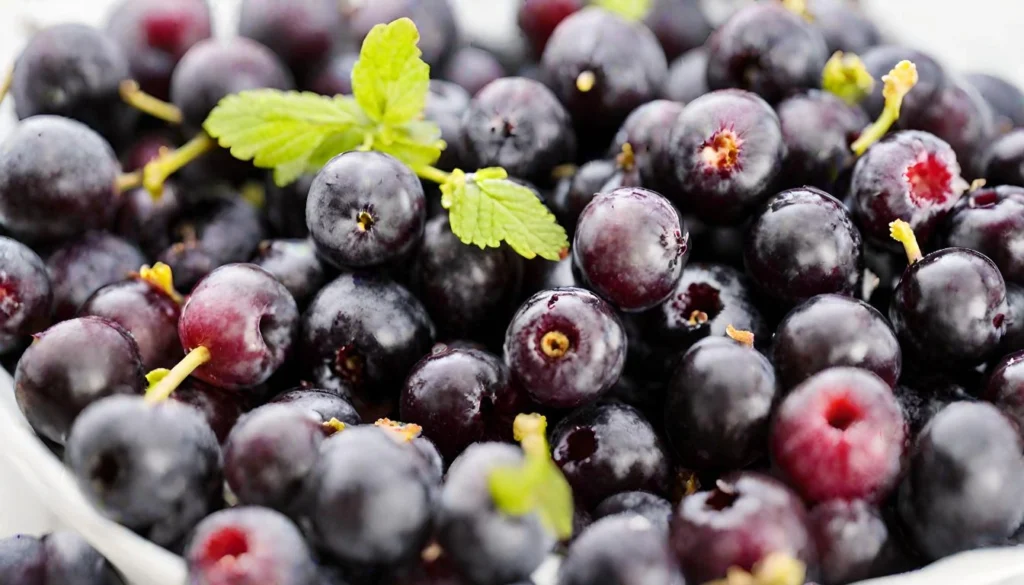
Additionaly, for those interested in the finer details of Crème de Cassis production and its regional variations. Cellar Tours’ Crème de Cassis Liqueur Overview provides an insightful look into the world of this exquisite liqueur.
In the upcoming part, we will explore the legal and geographical indications surrounding Crème de Cassis, understanding how these factors contribute to its authenticity and uniqueness.
Of our article delves into the diverse world of Crème de Cassis, highlighting the importance of regional influences and production nuances. Moreover, this section not only educates but also entices the reader to appreciate the subtleties that make each variety of this liqueur unique. Stay tuned for more insights in the following sections.
Legal and Geographical Indications
Legal Status and Geographical Indications
The world of Crème de Cassis encompasses taste, tradition, and is governed by legal and geographical frameworks ensuring quality and authenticity. In 2015, the European Union granted Crème de Cassis a Protected Geographical Indication (PGI), specifically for “Crème de Cassis de Bourgogne.” This designation is a testament to the liqueur’s deep-rooted heritage and the importance of its regional identity.
Crème de Cassis de Bourgogne
The PGI status underscores the significance of the Burgundy region in producing this exquisite liqueur, Crème de Cassis de Bourgogne. This label guarantees adherence to traditional production methods and the use of a specific quantity and quality of blackcurrants, particularly the Noir de Bourgogne variety. It’s a mark of distinction that not only preserves the legacy of Crème de Cassis but also assures consumers of its authenticity and quality.
International Regulations and Trade
The journey of Crème de Cassis on the global stage has not been without its challenges. Notably, in 1979, a landmark case known as “Cassis de Dijon” was brought before the European Court of Justice. This case revolved around the import restrictions based on the alcohol content of Crème de Cassis.
The court’s decision favored the free movement of goods within the EU, setting a precedent that significantly impacted European trade laws. This decision also affirmed the standing of Crème de Cassis in the international market.

Of our exploration into the world of Crème de Cassis sheds light on the legal intricacies and geographical indications that safeguard its quality and heritage. In addition, this section not only informs but also reassures readers about the authenticity and excellence of this celebrated French liqueur. Stay tuned for the enlightening FAQ section next.
FAQs : Frequently Asked Questions
Is Crème de Cassis always alcoholic?
Yes, Crème de Cassis is inherently an alcoholic beverage, with an alcohol by volume (ABV) typically around 15%. Its alcoholic content is essential for extracting the rich flavors from the blackcurrants.
How is Crème de Cassis used in cocktails?
Crème de Cassis, renowned for its role in Kir and Kir Royale cocktails, serves as a versatile liqueur in mixology. Mixologists frequently blend it with white wine or champagne, but it can also enhance various other cocktails, contributing a sweet, fruity dimension.
What are the main ingredients of Crème de Cassis?
The primary ingredient of Crème de Cassis is blackcurrants, particularly the Noir de Bourgogne variety. These are macerated in alcohol, with sugar added to create its signature sweet taste.
Can Crème de Cassis be consumed straight?
Absolutely! While Crème de Cassis is popular in cocktails, individuals can also enjoy it neat, often as an after-dinner drink. Its delightful standalone beverage status is owed to its sweet, deep berry flavor.
How does the region affect the taste and quality of Crème de Cassis?
The region significantly influences the flavor profile of Crème de Cassis. Factors such as soil type, climate, and blackcurrant variety all contribute to shaping its taste. For example, the Noir de Bourgogne blackcurrants cultivated in Burgundy play a role in creating the renowned richness and intensity of Crème de Cassis de Dijon. Moreover, This distinct quality is a result of the specific blackcurrant variety used in its production.
In this FAQ section, we’ve addressed common queries about Crème de Cassis, enriching understanding and appreciation of this exquisite liqueur. Each question and answer adds depth to the reader’s knowledge, contributing to an article rich in information and intrigue. Stay tuned for more insights and explorations in the world of fine beverages and culinary delights.
As we conclude our comprehensive exploration of Crème de Cassis, covering its history, production, varieties, legal status, and common questions, we provide a thorough understanding of this beloved French liqueur.
Crème de Cassis, rooted in the picturesque Burgundy region, stands as a testament to France’s rich culinary heritage and innovation. Its influence transcends borders, contributing to global cocktails and trade. Moreover, The liqueur, whether added to a classic Kir, enjoyed independently, or used in culinary applications, captivates both connoisseurs and casual drinkers with its profound, sweet, and intricate flavor. The versatility of Crème de Cassis makes it a cherished element in various settings and occasions. Its deep-rooted connection to Burgundy and its widespread appeal showcase its significance in the world of beverages.
In conclusion, we hope this article has provided valuable insights and a newfound appreciation for Crème de Cassis. For those eager to explore fine beverages and gastronomy further, stay tuned for more articles. These articles will explore the captivating realm of food and drink, where tradition intersects with innovation. Every sip carries a unique narrative.
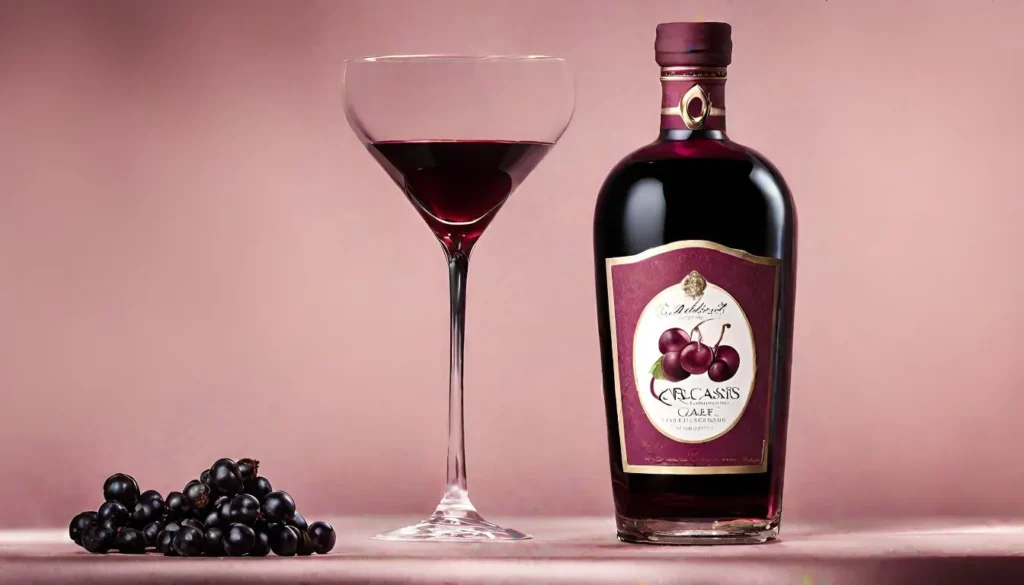


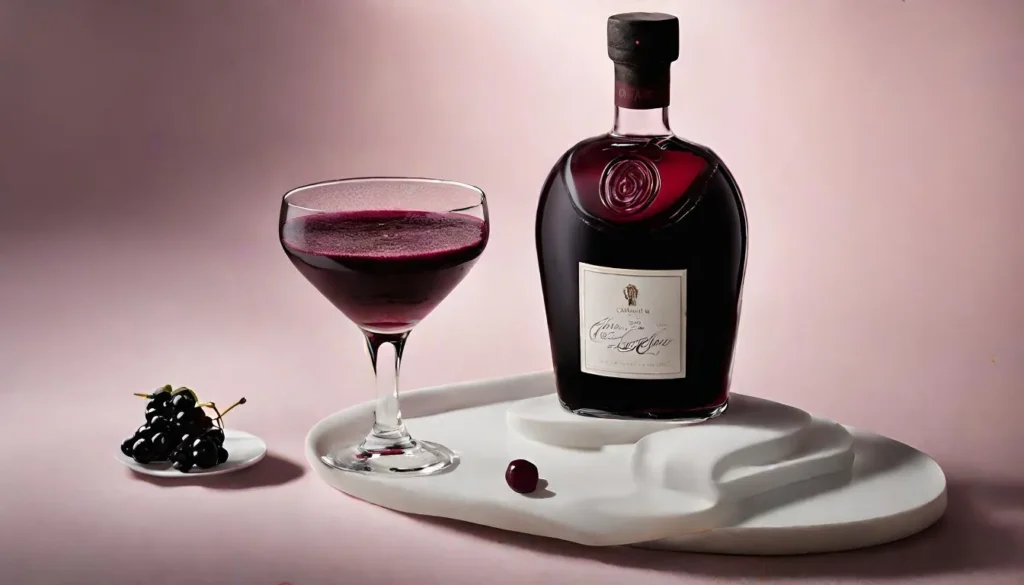









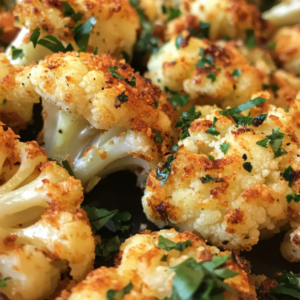




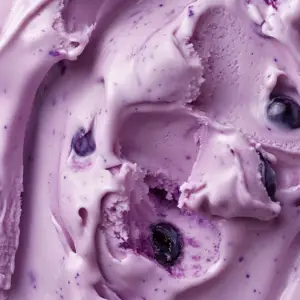

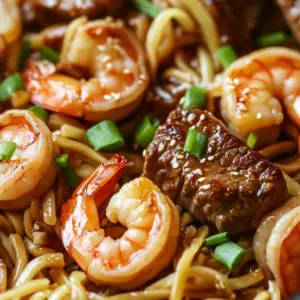

























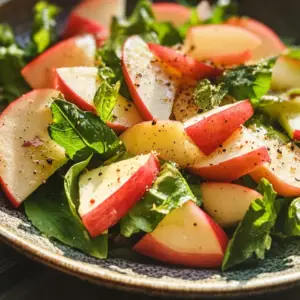


2 Comments